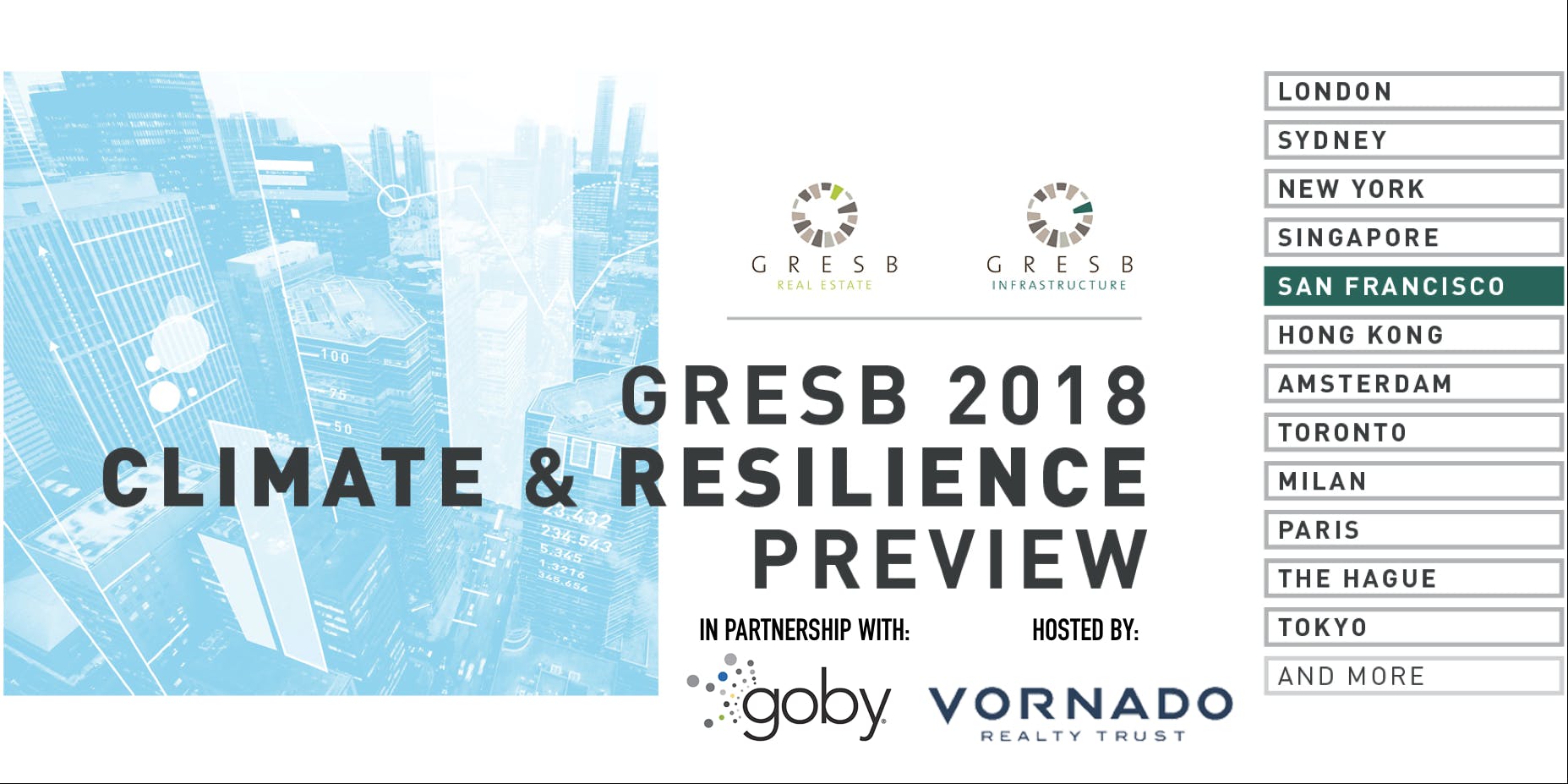 Something big is about to happen in San Francisco. Leaders are converging from around the world talk about the future of the planet. They will make big commitments to greenhouse gas emissions reductions and talk about the big challenges posed by climate-related shocks and stressors.
Something big is about to happen in San Francisco. Leaders are converging from around the world talk about the future of the planet. They will make big commitments to greenhouse gas emissions reductions and talk about the big challenges posed by climate-related shocks and stressors.
The focal point will be the first-ever Global Climate Action Summit and the concurrent UN PRI in Person meeting. Together, these events will bring more than 3,500 delegates to the city. These landmark events are expected to feel a lot like a IPCC Conference of the Parties (COP). In other words, part wonk-fest, part celebration, part circus, part reunion, and … part of just about everything related to climate change.
Real assets have a special place in this conversation. Real assets are the world’s largest asset class, totaling over $10 trillion USD by recent estimates. Property and infrastructure are also long-term, often illiquid investments. By definition, they are anchored to a place and exposed to social and environmental shocks and stressors. In some places, such as New York or Hong Kong, buildings represent the largest single category of greenhouse gas emissions. In every place, infrastructure, such as energy generation, transportation, and waste management, are central to determining the local, regional, and global impact of built environment. The central role of property and infrastructure creates unique opportunities and challenges for real asset investors.
In San Francisco, GRESB, in partnership with Goby and hosted by Vornado, will convene a unique briefing to dive into these issues. And, as the old U.S. Army saying goes, we’ll do more before 9 AM than most people do all day. We give participants a morning shot of real assets, while still getting them to morning GCAS and PRI plenaries.
The GRESB Climate and Resilience Preview will combine three elements:
Results: Dr. Chris Pyke will kick off the morning with an overview of new climate and resilience results for property and infrastructure companies around the world. Drawing on data from more than 1,000 participants, attendees will learn about leadership, accountability, business strategy, and on-the-ground performance. This will include a preview of findings from the 2018 Resilience Module, including insight into participation, risk assessment, risk management, and value creation (full resilience results will be released later in the year).
Institutions & Partners: An international panel will give a view from the front-lines of engaged, responsible investment. The panel will include Romilly Madew from the Green Building Council of Australia, Adam Kirkman from AMP Capital, Martin Kholmatov from AIMCo, and Michelle Bachir from Deloitte. This panel will talk about how efforts to reduce emissions are shaping business strategy and how they are addressing growing interest in resilience and adaptation.
Real Asset Managers: A second panel of leaders will provide perspectives from GRESB participants. Nina James from Investa, Vin Ciruzzi from Alexandria Real Estate Equities, and Margaret Cederoth representing California High Speed Rail will talk about how efforts to reduce emissions and promote resilience are changing their businesses. They will talk about the influence of recent recommendations from the Task Force for Climate-Related Financial Disclosure and how they are addressing specific issues such as scenario analysis and demand for science-based targets.
Cutting across all of these themes, panelists will focus on activity in 2018 and, critically, where industry trends are heading in 2019 and 2020. The result will be a fast-paced and concentrated program to start the day in San Francisco.
Learn more and register to join us:
The GRESB Climate & Resilience Preview is organized in partnership with Goby and Vornado.
This article is written by Chris Pyke, Research Officer at U.S. Green Building Council and Helee Lev, Chief Revenue Officer at Goby.


